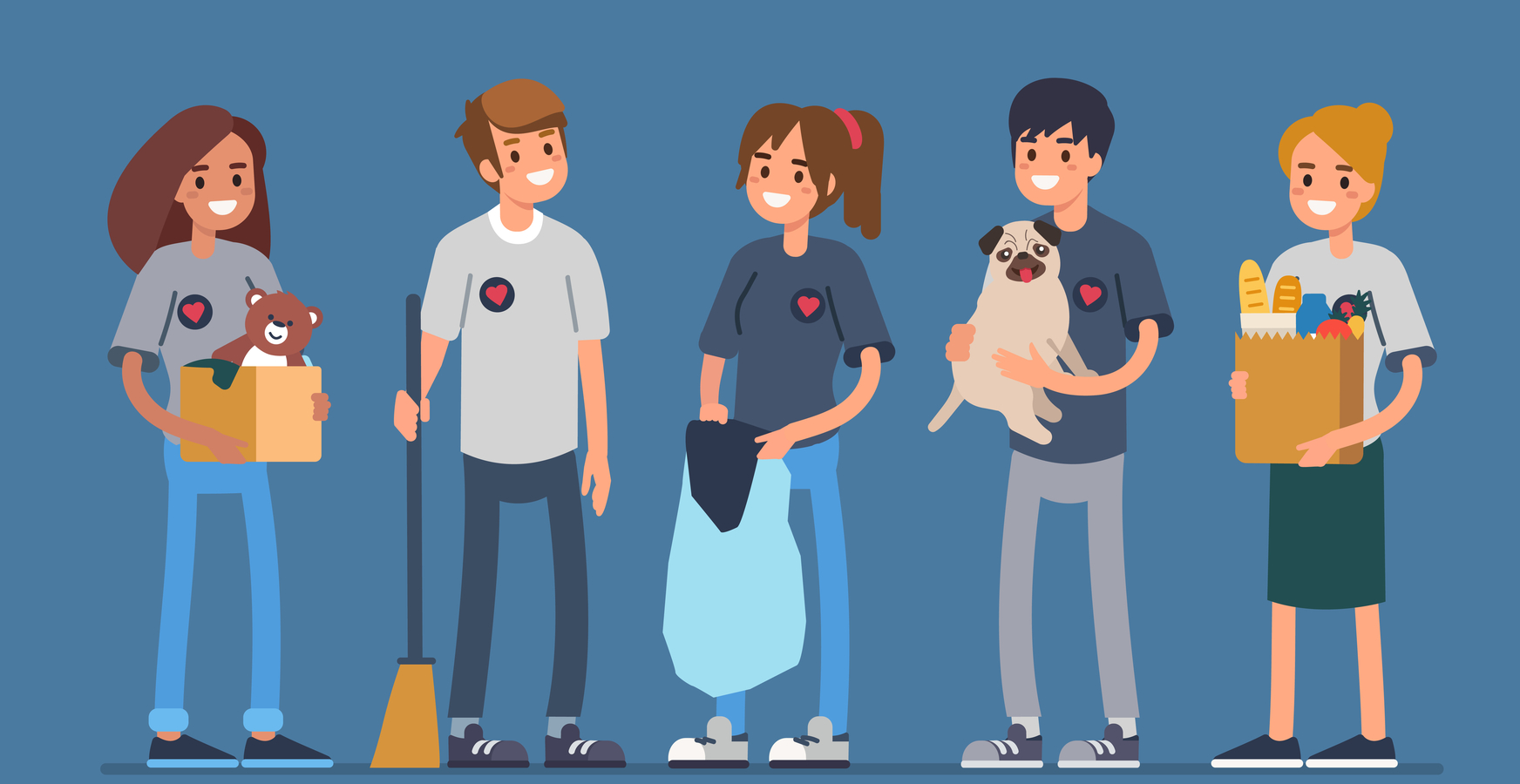During the worst years of my pain journey I found it very easy to inwardly focus on my pain for much of the day. I’m sure that this only served to make my pain situation worse, but when you are in that situation it is very difficult not to do so. Pain can be all consuming!
One of the things I found helpful to break out of that situation was to move my focus away from me and onto other people. Supporting others, maybe who are in difficulty themselves, not only can help them but can help you as well. It can bring back a purpose to life, an enjoyment of being with other people, and a lessening of the sometimes all consuming focus of pain.
I have given many hours of my time to volunteer and work with others since my injury. I can definitely recommend the healing powers it can bring. Obviously you need to be careful you don’t overdo things and create more difficulties for yourself, although I would say that the downsides of a little more pain can be completely outweighed by the benefits gained when volunteering.
I can also recommend becoming a patient advocate. I have found writing and talking about my pain story to be very therapeutic. It has provided me opportunity to think what has happened to me through in a way I wouldn’t otherwise have done and I have met some really lovely people along the way. There were many mistakes made by clinicians along my pain journey (in my humble opinion) and there is something good about knowing that your patient advocacy work may help in some small way others not having to go through the same type of experiences. Supporting healthcare professionals to further improve is very worthwhile.
Volunteering
Volunteering can be very rewarding and is a great way to:
- take the focus away from your pain
- meet new people
- gain new or use existing skills
- get experience
- make a big difference to your community
There are lots of easy ways to give your time to help others – from having a cup of tea with an elderly neighbour, to helping out in your local area or making a regular commitment to volunteer with a charity or community group.
It should be relatively easy to find a volunteering opportunity. You could start by typing ‘volunteer in Bournemouth’ (obviously replacing ‘Bournemouth’ with where you live’. This should bring up a range of opportunities for you to consider.
If this doesn’t work then there are several organisations that can help you find a way to volunteer that suits you.
Do-it.org is a database of UK volunteering opportunities. You can search more than a million volunteering opportunities by interest, activity or location and then apply online.
You can also contact Volunteering England, Volunteer Scotland, Volunteering Wales, Jersey Charities, Guernsey Charities or Volunteering Matters to find opportunities in your area.
Join-in runs volunteering projects as a legacy of the London 2012 Olympic and Paralympic Games. Contact them to find out about how to get involved with local sporting and community projects.
Young people can also volunteer either at school or in their own time. If you’re aged 16 or 17 you can take part in the National Citizen Service (NCS).
Patient Advocacy
It is perhaps harder to advise how to become a patient advocate. I’m not sure there are any recognised channels for doing so. All I can do is explain how I have become one, which is the same way that others have also.
I basically started a blog site to write my thoughts on my pain journey story. The website you are reading now started out as that blog site. At the same time I joined Twitter and began conversations with both healthcare professionals and other people living with pain. As I became known in the Twitter community then my patient advocacy work began to grow. You can read about the patient advocacy work I have done by visiting my ‘About’ page.
One of the dangers of patient advocacy work is that you can become overwhelmed with requests for help, and the work that you want to do yourself, eg writing can become a major undertaking. If you do enter the patient advocacy world you may find there is a slow start, but after a while you may find that you need to be careful you don’t do too much thereby jeopardising your own pain situation!
Click on the pictures to learn more about each strand
More Information

























